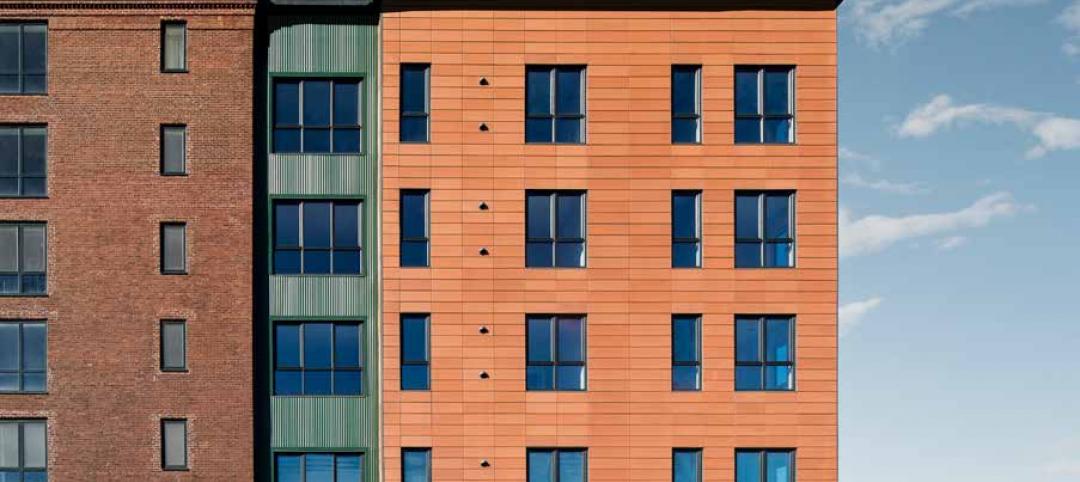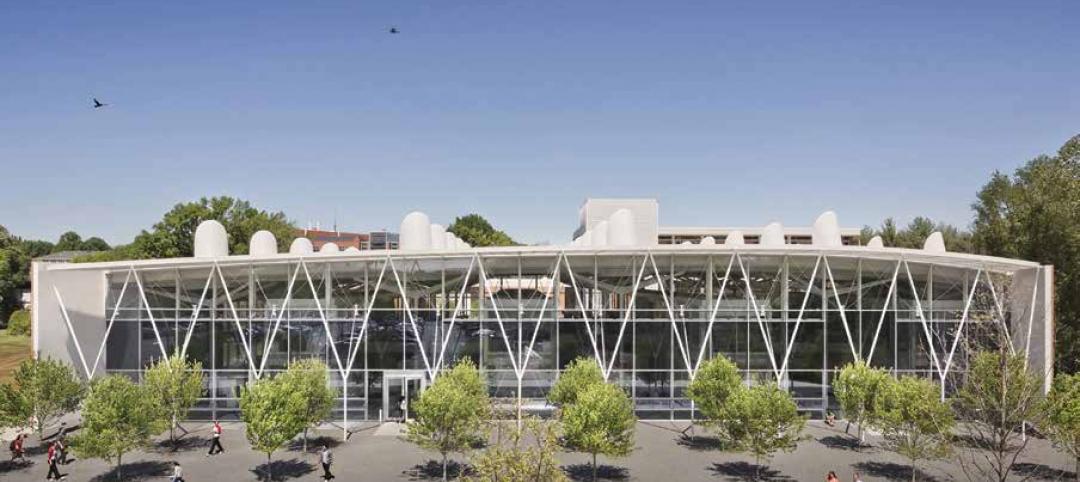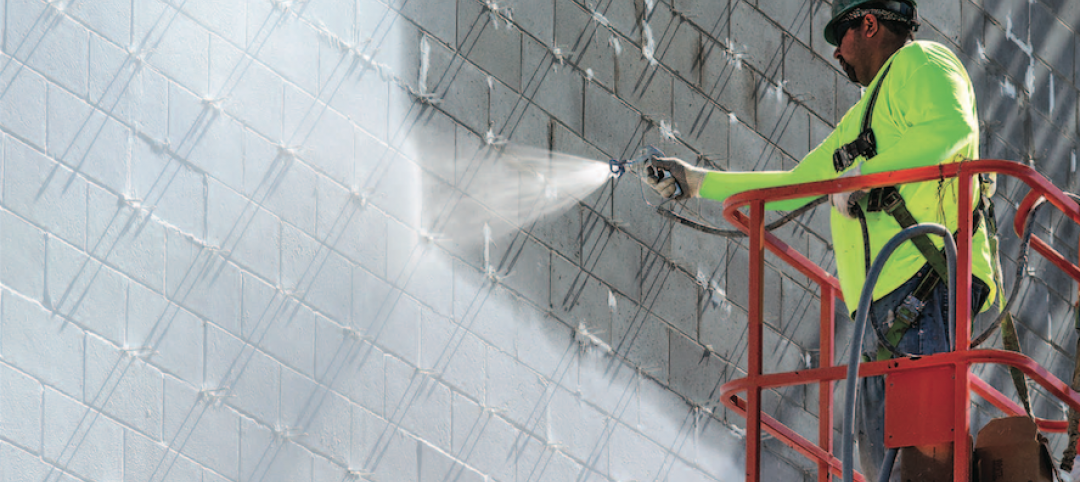Behavioral health facility construction is experiencing a spike in the U.S., due in part to enhanced benefit provisions in the Affordable Care Act that have widened access to mental health treatment. Recent gun violence, mass shootings, the opioid epidemic—these and other social issues with significant behavioral health implications have underscored the need for continued availability of mental health services and well-designed facilities in which to conduct them.
The 2017 Hospital Construction Survey, released jointly by Health Facilities Management and the American Society for Healthcare Engineering of the American Hospital Association, reported that half of the specialty hospitals planned for the next three years are behavioral health centers or psychiatric hospitals.
Yet even as the demand for new and retrofitted space is growing, the supply of behavioral health engineering and design experts is not keeping pace. The sector is also experiencing a decline of knowledge of leading practices in space design and technology integration.
This scenario—growing demand for behavioral health facility beds, accompanied by declining capacity of how to design them properly—is of particular concern when it comes to minimizing inpatient suicide in mental health settings.
After reading this article, you should be able to:
+ Describe the chief differences between designing for behavioral health and designing for general health.
+ Understand ligature risk and why gravity is irrelevant when identifying a ligature risk.
+ List the ways that improper interior design can negatively impact behavioral health patients.
+ Discuss how technology can assist behavioral health facilities to achieve greater patient safety.
TAKE THIS FREE AIA CES COURSE AT BDCUNIVERSITY
Related Stories
BD+C University Course | May 24, 2018
Accommodating movement in building envelope materials [AIA course]
We may think of the building envelope as an inanimate object, but in reality its components can be quite mobile. This AIA CES course is worth 1.0 AIA LU/HSW.
BD+C University Course | May 24, 2018
Building passively [AIA course]
17 tips from our experts on the best way to carry out passive house design and construction for your next multifamily project. This AIA CES course is worth 1.0 AIA LU/HSW.
BD+C University Course | Apr 12, 2018
Meeting the demand for high-efficiency façades [AIA course]
On a national scale, the impetus to improve building energy performance is manifest in the latest and most far-reaching model energy code from the International Code Council.
BD+C University Course | Jan 2, 2018
The art and science of rendering: Visualization that sells architecture [AIA course]
3D artist Ramy Hanna offers guidelines and tricks-of-the-trade to ensure that project artwork is a stunning depiction of the unbuilt space.
BD+C University Course | Aug 23, 2017
AIA course: New steel systems add strength and beauty
Advances in R&D are fostering new forms of structural and aesthetic steel.
Building Enclosure Systems | Jul 26, 2017
Balcony and roof railings and the code: Maintain, repair, or replace? [AIA course]
Lacking familiarity with current requirements, some owners or managers complete a roof or balcony rehabilitation, only to learn after the fact that they need to tear noncompliant railings out of their new roof or terrace and install new ones.
Building Enclosure Systems | Dec 12, 2016
The 100-year enclosure: Strategies for heat-air-moisture control
Should institutional and commercial buildings be built to last 100 years? Why not? There are plenty of examples that have performed well for a century or more.


![Designing behavioral health facilities [AIA course] Designing behavioral health facilities [AIA course]](/sites/default/files/AIA_BDC0418.jpg)


![Meeting the demand for high-efficiency façades [AIA course] Meeting the demand for high-efficiency façades [AIA course]](/sites/default/files/styles/list_big/public/AIA_BDC1217.jpg?itok=SOjPFpxR)








